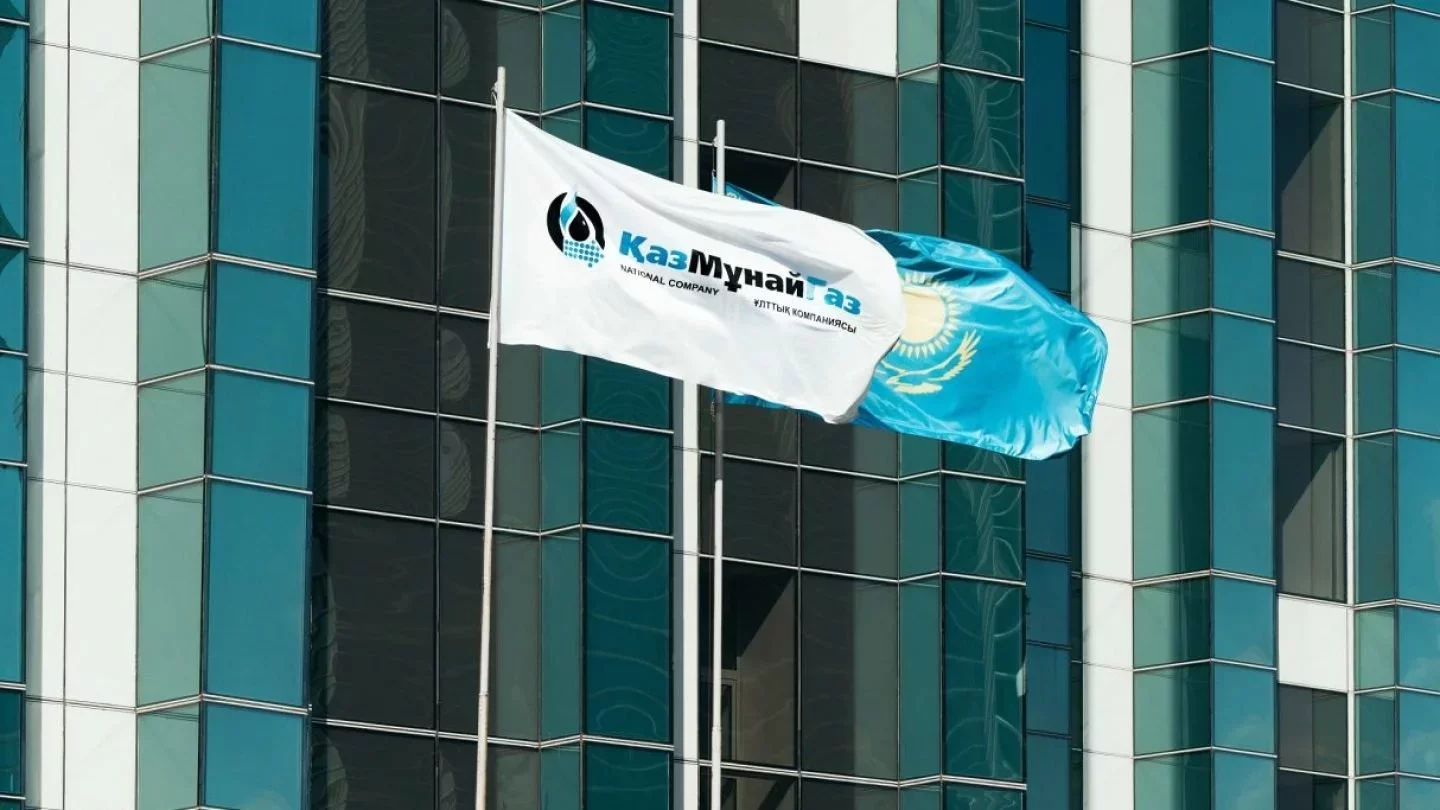What Has KazMunayGas Been Doing for Past Two Years?

Orda.kz has looked into what the national company, JSC NC KazMunayGas, has been doing for the last two years.
The company has been blamed for the drop in oil production. In 2023, production at the company's core assets was indeed declining. About 85% of current oil production at the company's operating assets is accounted for by seven main fields in western Kazakhstan: Uzen, Karamandybas, Kalamkas, Zhetybay, Nurzhanov, Vostochny Moldabek and Karazhanbas.
The fields are mature. Operations on them have been conducted for over 40-60 years. KMG's overall task has been to maintain production levels at current levels and increase efficiency.
Emergency power shutdowns in the west of Kazakhstan indeed had a great impact on 2023 production. KMG nevertheless managed to partially offset the decline due to increased oil production at EmbaMunayGas JSC and geological and technical measures at mature fields. Meanwhile, the eastern wing of the S. Nurzhanov and Uaz Severnoye fields have been put into development.
The Company continues its efforts to improve efficiency and maintain production levels. A critical project is the rehabilitation of the Uzen and Karamandybas fields. The company finances the project. 68 billion tenge has been invested.
Upon the mineral extraction tax benefits being improved, the saved funds will be allocated to the rehabilitation project. By the end of 2023, production at JSC OzenMunayGas fields, which is developing Uzen and Karamandybas, amounted to 4.9 million tons. Rehabilitation will gradually increase production to 5.2-5.5 million tons per year. By 2036, the total production increase of JSC OzenMunayGas is projected to reach 19 million tons.
KMG has also made efforts to replenish oil reserves. The company has conducted additional exploration at existing fields, acquiring a stake in the Dunga project. Thanks to this, it was possible to increase proven and probable oil reserves (category 2P) by 3.7% in 2023.
KMG's 1P category "proven reserves" are sufficient for 16 years. This is significantly higher than the average among the largest international oil companies in the world - approximately 11 years in 2022.
In 2023, the company set a new strategic task — geological exploration in new areas. The goal is to drill three exploration wells this year, i.e. two wells on land with a depth of 5.5 km and one in the Caspian Sea. In 2022, KMG initiated a large-scale seismic exploration project in new areas - geological exploration of the subsoil of five sites in the Aqtobe, West Kazakhstan, and Mangystau regions. Field seismic surveys have already been completed on two sites, while data processing and interpretation are underway.
The reduction in production and the average price of Brent oil in 2023 affected KMG's financial results. However, a similar trend was observed in all leading Western oil and gas companies.
If the decrease in KMG's net profit in 2023 amounted to 29.2%, then Shell — 54%, TotalEnergies — 44%, Chevron — 40%, ExxonMobil — 35%, SaudiAramco — 25%. KMG also sells 1/3 of its extracted oil for processing at refineries at almost production cost. The domestic market of Kazakhstan is thereby provided with cheap gasoline and farmers with diesel fuel.
Oil refineries did not allow significant deviations from petroleum product production plans last year. KMG refineries continue to work on efficiency improvement projects and transition to a three-year inter-repair period.
This will increase the volume of raw materials and the production of gasoline processing. The company will be able to carry out major refinery repairs once every three years. This will allow enterprises to work an additional 30-40 days a year. For a country with rapidly growing gasoline consumption, this is vital.
Magzum Mirzagaliyev, who was the Chairperson of the JSC NC KazMunayGas Board as of October 2021, resigned on May 15. Mirzagaliyev had also been the Minister of Energy. Askhat Khasenov, the current Vice Minister of Energy, has taken over this position.
Original Author: Damira Augambayeva
DISCLAIMER: This is a translated piece. The text has been modified, the content is the same. Please refer to the original piece in Russian for accuracy.
Latest news
- Timur Kulibayev vs. New Kazakhstan: Oligarch Defends His Assets
- MP supported Imam's Statements About Kazakh Traditions
- Altyn Adam: How Filmmakers Quarreled Over Cartoon About Scythian Warrior
- "No Chance": Russian Deserters' Stories in Kazakhstan
- National Fund Earns As Much As It Spends
- What is Going on with FPL Head's Recent Appointment?
- Stati Case: Victory for Kazakhstan?
- Qataris to Spend $3.5 Billion on Construction of Plants in Kashagan
- Oil Quotas: a Blessing or a Curse for Kazakhstan?
- Plant in Kazakhstan: Swiss Investor Purchased, Legal Battle Follows
- Situation with Russian Securities in Kazakhstan Explained
- Uranium Mining Tax in Kazakhstan to Change Starting in 2025
- Chinese Oil Giant to Build Wind Farm in Kazakhstan
- Expert Explains Toqayev Greeting Xi Jinping in Particular Way
- Scandal around "Aria-Zhana Astana", Controlled by Satybaldy, Not Subsiding
- SCO Summit in Astana: What to Expect?
- Who Was Oppositionist Aidos Sadykov?
- KNB Agent Orik VS Financial Police Agent Sanych
- Nazarbayev's Relatives on Trial: Systemic Purge or Political Games?
- Fire in Greece: Luxury Yacht, Kazakhstani Oligarchs' Vacation Scandal

